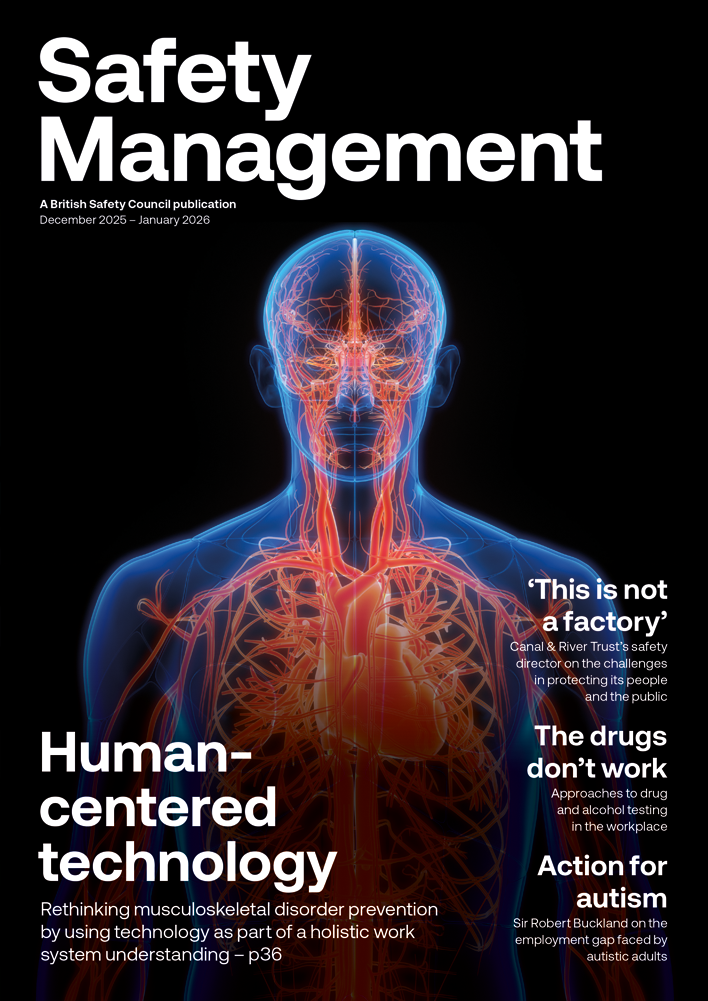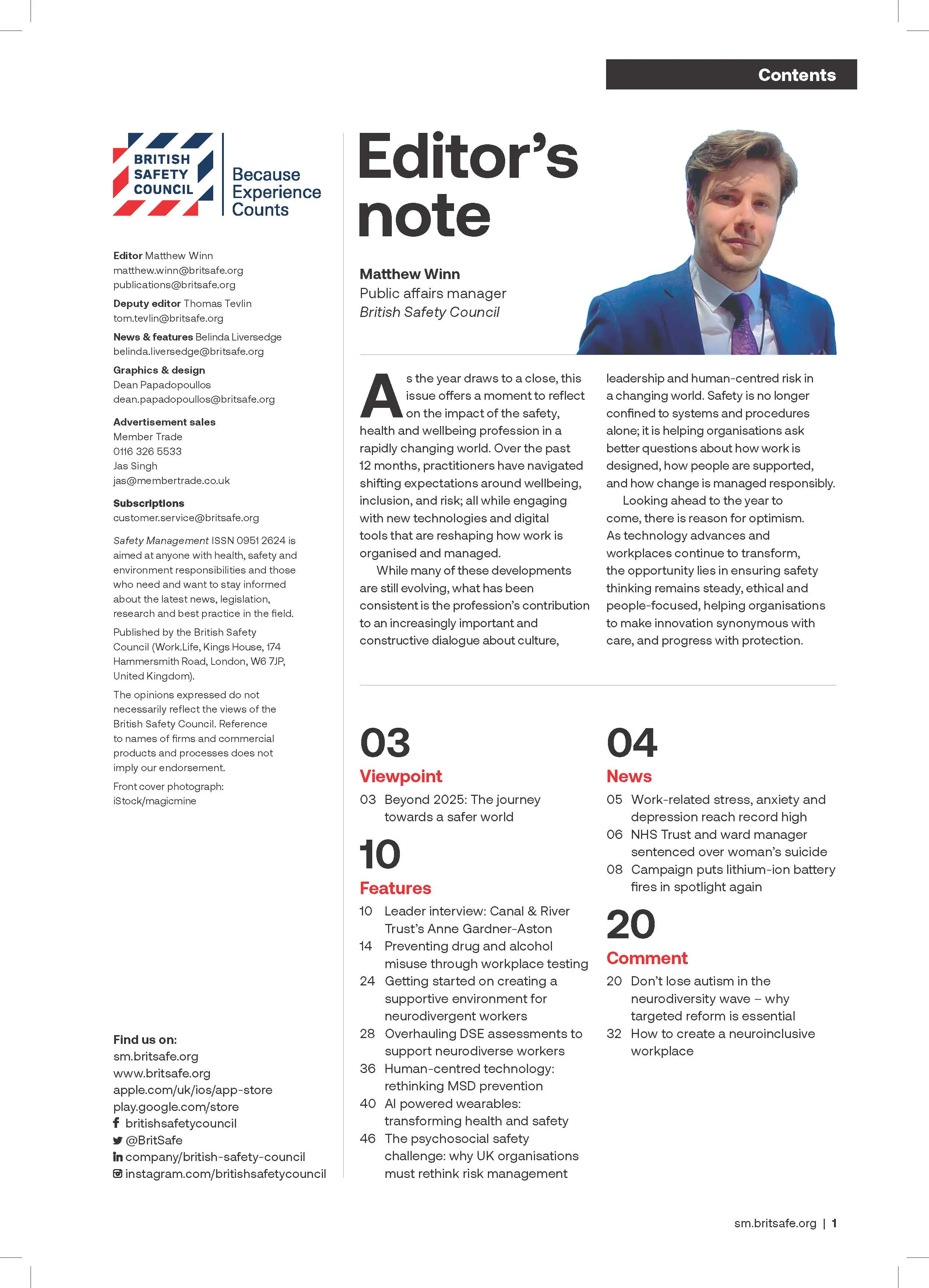While you’re reading this, it’s likely you’re breathing polluted air. That’s because in 40 cities across the UK, people are inhaling a dangerous cocktail of chemicals, levels of which are equal to, and often surpass, the World Health Organization’s (WHO) guidelines.
Opinion
Construction, freight, and wood burning: how we can reduce air pollution at source
Air pollution contributes to up to 43,000 deaths per year in the UK. It has a drastic effect on healthy lifespan, causing illnesses like cancer, dementia, and heart disease. It also disproportionately prevents certain groups of people from living a healthy and happy life. Time and time again we see that it’s children, or people living in lower income areas, or people from minoritised communities who are among the groups most affected by air pollution.
Interventions across urban areas – like clean air zones – have improved air quality. But air pollution still has devastating effects on people’s lives. At Impact on Urban Health, our Health effects of air pollution programme tests ways to improve air quality in urban areas by reducing air pollution at source. In this article, we’ll focus on three major sources of air pollution.
 Air pollution contributes to up to 43,000 deaths per year in the UK. Photograph: iStock
Air pollution contributes to up to 43,000 deaths per year in the UK. Photograph: iStock
Wood burning
Domestic combustion – including burning wood – is a major source of fine particulate matter (PM2.5) in cities like London.
Research by Kantar for the UK Government shows that most people who burn wood in urban areas are from more affluent households (typically from the highest AB grades) and burn wood for aesthetic reasons and to create a cosy atmosphere.
Huge social injustices are evident. People across urban areas are being exposed to air pollution caused by relatively few people enjoying a luxury.
We’ve been working with Global Action Plan to test ways to reduce air pollution from burning wood in urban areas. In partnership with Global Action Plan, we’ve published:
- Evidence that shows that most of the time burning wood to heat a home is more expensive than just using central heating
- Market research into how to best communicate with people about the health risks of wood burning. We’re proud that this research was used by councils across London in campaigns throughout winter
- A report which lays out a policy pathway for reducing air pollution from wood burning.
That policy pathway to reducing wood burning outlines five major barriers to implementing policy solutions and makes recommendations for the Government. Those barriers are:
- low public awareness of the health effects of wood burning
- Defra approved and Ecodesign labels are leading to confusion around the contribution of domestic burning to air pollution
local authorities lack real power and resource to control emissions from woodburning - the misclassification of wood burning as carbon neutral allows unchecked carbon emissions to accelerate
- and existing and planned homes are currently not set up to disincentivise the installation of wood burning.
 Patrick Lee: "Without reductions in air pollution, the Government’s admirable plan to create the healthiest generation of children ever in Britain is impossible."
Patrick Lee: "Without reductions in air pollution, the Government’s admirable plan to create the healthiest generation of children ever in Britain is impossible."
Freight
Freight is used to transport goods and services across the country and is the backbone of our economy. But our system of freight is outdated. While next day delivery services offer consumers quick-fix convenience, the method for delivering goods and services in urban areas is inefficient and creates unnecessary air pollution. One study found that journeys made by polluting vans can sometimes be to deliver just one box.
Shockingly, the hidden social, environmental and health costs of London’s diesel vans total a staggering £2.46 billion every year.
Using London as an example, freight represents 15 per cent of total vehicle miles travelled and makes a significant contribution to air pollution.
We’ve been working with businesses across London to test ways to reduce air pollution from freight. We’ve looked at river and rail freight, ways to encourage consumers to choose cleaner delivery methods, and cargo bikes.
Some businesses are already making the shift to cleaner freight and are seeing the benefits. There has been a huge surge in the number of businesses using cargo bikes in London since 2022 (we worked with Team London Bridge on a project which saw over 200 businesses make the switch from polluting vans to cargo bikes) We’ve also worked with Guy’s and St Thomas’ NHS Foundation Trust to find out if giving e-bikes to nurses could reduce the Trust’s contribution to air pollution. You can read about that work – and watch a short film – here.
The Government must now do more to encourage a switch to cleaner freight. Based on insights from our partnerships across London, we’re encouraging the Government to implement the following policies:
- Create large-scale smart delivery networks, by…
- Developing a national, open network of ‘pick up and drop off (PUDO) points’ so 90 per cent of people in urban areas live within 250 metres of a PUDO point
- Creating a Last Mile Taskforce to facilitate a joined-up approach across Government departments. - Make it easier for businesses of all sizes to adopt sustainable freight practices, by…
- Introducing economic incentives for businesses using cargo bikes
- Bringing in road pricing incentives for low-polluting vehicles. - Reward businesses that reduce freight-related pollution by…
- Implementing a tiered business rates system that rewards businesses taking positive steps to reduce particulate emissions. To make it easy for businesses of all sizes, especially SMEs, to report their emissions, the Government should also develop an easy-to-use emissions calculator.
 In London, freight makes a significant contribution to air pollution. Photograph: iStock
In London, freight makes a significant contribution to air pollution. Photograph: iStock
Construction
According to the London Atmospheric Emissions Industry (LAEI)’s data published in 2019 (the most recent data at the time of writing), construction is responsible for significant proportions of the polluting emissions in London that are most harmful to health. That includes contributing to 30 per cent of particulate matter (PM10) emissions, 8 per cent of fine particulate matter (PM2.5) and 4 per cent of nitrogen oxides (NOX).
Crucially, while other major sources of air pollution, like transport, have decreased polluting emissions due to policies like ultra-low emissions zones, the construction industry has remained relatively stagnant and therefore increased its overall share of emissions in recent decades.
We wrote for the British Safety Council in 2022 about our work with the Centre for Low Emission Construction, during which we listened to people in the construction industry. That research found: ‘As the industry is accustomed to responding to environmental regulation (either from a compliance or product development perspective) stakeholders felt government regulation was the most effective way to reduce air pollution emissions.’
We’ve also been working with Arup to understand how the construction sector can reduce its polluting emissions. Arup have established exemplar construction developments around Lambeth and Southwark to demonstrate best practice for reducing polluting emissions.
Initial research from Arup shows that construction projects can significantly lower their polluting emissions, achieving reductions of up to 55 per cent for NOX and 35 per cent in particulate matter. We’ll be publishing details of those results on our website soon.
To support construction companies, we’ve worked with Arup to develop a toolkit, tailored for project managers, procurement teams and local authorities. The toolkit enables users to set and monitor emission targets throughout a project’s lifespan. By delivering insights and measurable outcomes, it’s designed to help drive industry-wide change.
We’re also working with Lambeth and Southwark councils to test whether better enforcement of construction regulations can help improve air quality in urban areas.
Next steps
Improving air quality must be central to the Government’s mission on health. Without reductions in air pollution, the Government’s admirable plan to create the healthiest generation of children ever in Britain is impossible.
Ultimately, to catalyse action, the Government must adopt new targets for air pollution, aligned with the WHO’s air quality guidelines. Our hope is Government commits to those targets, and lays out a roadmap to achieving them, with a new Clean Air Act.
For more information see:
urbanhealth.org.uk
@ImpUrbanHealth
linkedin.com/company/impact-on-urban-health
Patrick Lee is communications manager at Impact on Urban Health.
OPINION

How to create a neuroinclusive workplace
By John Robinson, Schofield Sweeney on 09 December 2025
The modern workplace is a diverse environment. Most workforces will be made up of individuals representing the majority of the groups protected under the Equality Act 2010.

Don’t lose autism in the neurodiversity wave – why targeted reform is essential
By Rt Hon Sir Robert Buckland KBE KC on 03 December 2025
Autistic adults have waited too long for meaningful reform. They have shared their experiences and expertise. Now they deserve action, accountability, and transformation.

Inclusion saves lives: embedding equality, diversity and inclusion (EDI) into global occupational safety and health
By Umer Changaiz, CMIOSH on 03 December 2025



